What Tools & Equipment Should Every ATV/UTV Rider Carry Off-Road?
Essential Tools Every ATV and UTV Rider Should Carry on the Trail
Hitting the trails on an ATV or UTV is all about adventure, but being prepared for unexpected situations can mean the difference between a great day outdoors and a frustrating one. Whether you're cruising through sandy dunes, rocky trails, or muddy backwoods, carrying the right tools ensures you're ready for anything the trail throws your way.
1. Basic Hand Tools
A small toolkit with essentials like wrenches, pliers, drivers, ratchet sets, and even compact T-handles (if you have the space) can handle a wide range of quick fixes. Opt for compact, multi-purpose tools to save space. Include a tire pressure gauge to keep your tires in check, especially after riding over varied terrain. If you want to be really fancy, use a telescoping magnetic retriever to find loose nuts and bolts that have fallen into tight spaces.
Oh, and do yourself a favor: test every tool on all the hardware you would likely need to access for a repair to make sure they are the correct size and fit around odd angles and corners
2. Tire Repair Kit
Flat tires are one of the most common issues on the trail. A tire plug kit, along with a portable air compressor or CO2 inflator, can save you from a long walk back to the trailhead. Don’t forget a valve stem tool and spare valve cores, just in case.
3. Recovery Gear
No one likes to be stranded, but, alas, it happens to even the most experienced riders. A tow strap is essential for pulling yourself—or a friend—out of a sticky situation. If you have a winch, make sure it’s operational, and pack a pair of sturdy gloves to protect your hands during recovery. A proper recovery kit could have straps, shackles, tow rope, a foldable shovel, and even some recovery traction boards (should you have the space).
4. Multitool and Knife
A multitool is invaluable for quick fixes, cutting zip ties, or even opening a snack wrapper. Add a durable folding knife for more heavy-duty cutting needs. If you like to go deep into the wild, then clearing a trail might be imperative. In this case, it’s smart to have a hand saw or even a mini electric-powered chainsaw on-call. Don’t forget to use those gloves you have stored in your recovery kit to remove branches and brush from your path.
5. Spare Parts and Fluids
Carry extra spark plugs, fuses, and a small bottle of oil or coolant. These items take up little space and can get you back on the trail quickly if something goes wrong. It’s not vital. Honestly, you should be checking these items on your vehicle regularly and before hitting the road. But if damage leads to a need for fresh liquids, plugs, and the like…make some space.
Shop Spare Parts & Fluids
6. Tape and Ties
These simple items can work wonders for temporary repairs, whether it’s holding a loose panel in place or patching a cracked hose until you get back to base. A variety of sizes of zip ties ensures you’re covered for most situations. And the tape is a great on-the-fly fix. While duct tape is a common choice, we find the glue often leaves a lot of residue and doesn’t hold well in extreme temps. Gaffer’s tape is a bit more expensive, but it seems to be a good solution for those particular issues. For repairs in hot zones, maybe consider metal zip ties and exhaust tape which can handle a lot of heat as you make your way home.
7. First Aid Kit
Trail injuries can happen, so a compact first aid kit with bandages, antiseptic wipes, and basic medications–like a high-milligram Ibuprofen–is essential. If you want to get serious, and you have some official training, it’s not unheard of to carry a “stop the bleed” kit, but you must make sure to become educated by professionals on how to use and administer these lifesaving options. Without an understanding of the equipment you’re using, even with simple first aid, it’s possible to make a bad problem much worse.
Shop First Aid Kits
8. Communication and Navigation Tools
In addition to a GPS or trail map, a fully charged phone or two-way radio can help you call for help if needed. We suggest something multifaceted like Garmin’s Montana 750i so you can download GPX files, follow navigation, track your ride (in case you need to backtrack), and also communicate in case of emergency with their inReach service. Whatever device you choose, you’ll need mounting for the handlebars, cage, or other functional points on your rig.
Shop Communication and Navigation Tools
No one likes to be stranded, but, alas, it happens to even the most experienced riders. A tow strap is essential for pulling yourself—or a friend—out of a sticky situation. If you have a winch, make sure it’s operational, and pack a pair of sturdy gloves to protect your hands during recovery. A proper recovery kit could have straps, shackles, tow rope, a foldable shovel, and even some recovery traction boards (should you have the space).Being prepared isn’t about packing everything you own—it’s about carrying smart, versatile tools that keep your ride going smoothly. Equip your ATV, UTV, or SXS with these essentials, and you’ll be ready to tackle the Great Outdoors with confidence.
More by ATV.com Staff
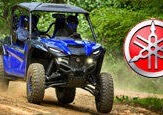











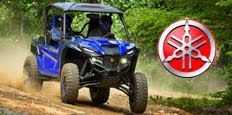







![Derek Guetter Lands 75-foot Back Flip [video]](https://cdn-fastly.atv.com/media/2022/10/24/8742829/derek-guetter-lands-75-foot-back-flip-video.jpg?size=350x220)
![Don't Try This at Home: Jet Ski Pulled by ATV [video]](https://cdn-fastly.atv.com/media/2022/10/24/8744130/don-t-try-this-at-home-jet-ski-pulled-by-atv-video.jpg?size=350x220)
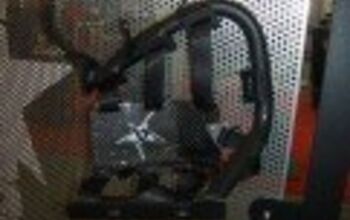
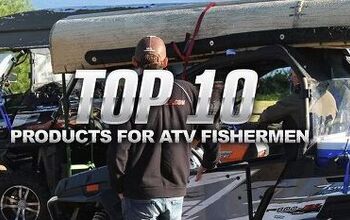
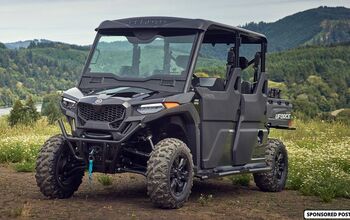
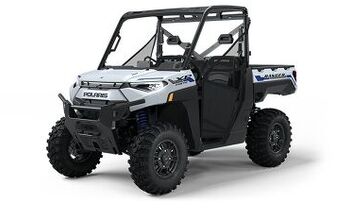
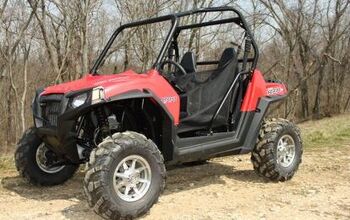
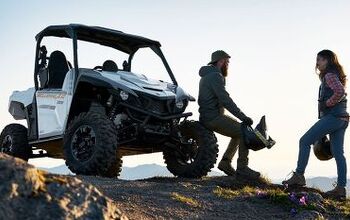


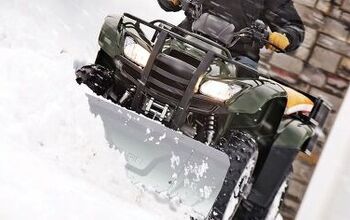
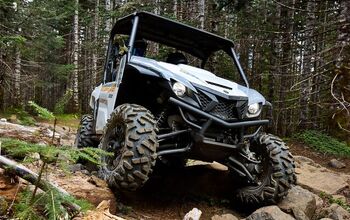
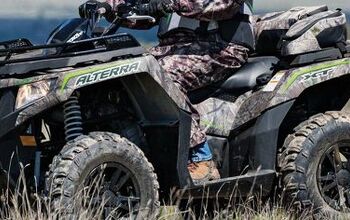

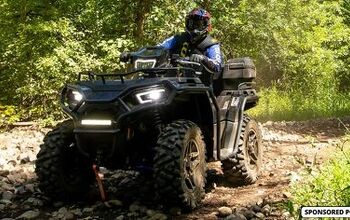
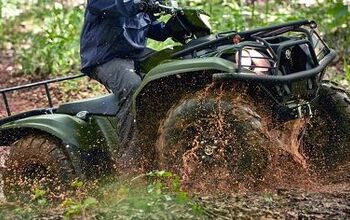
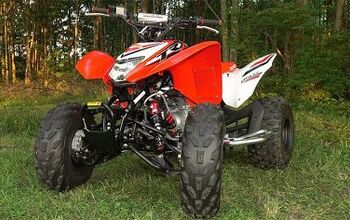
Comments
Join the conversation